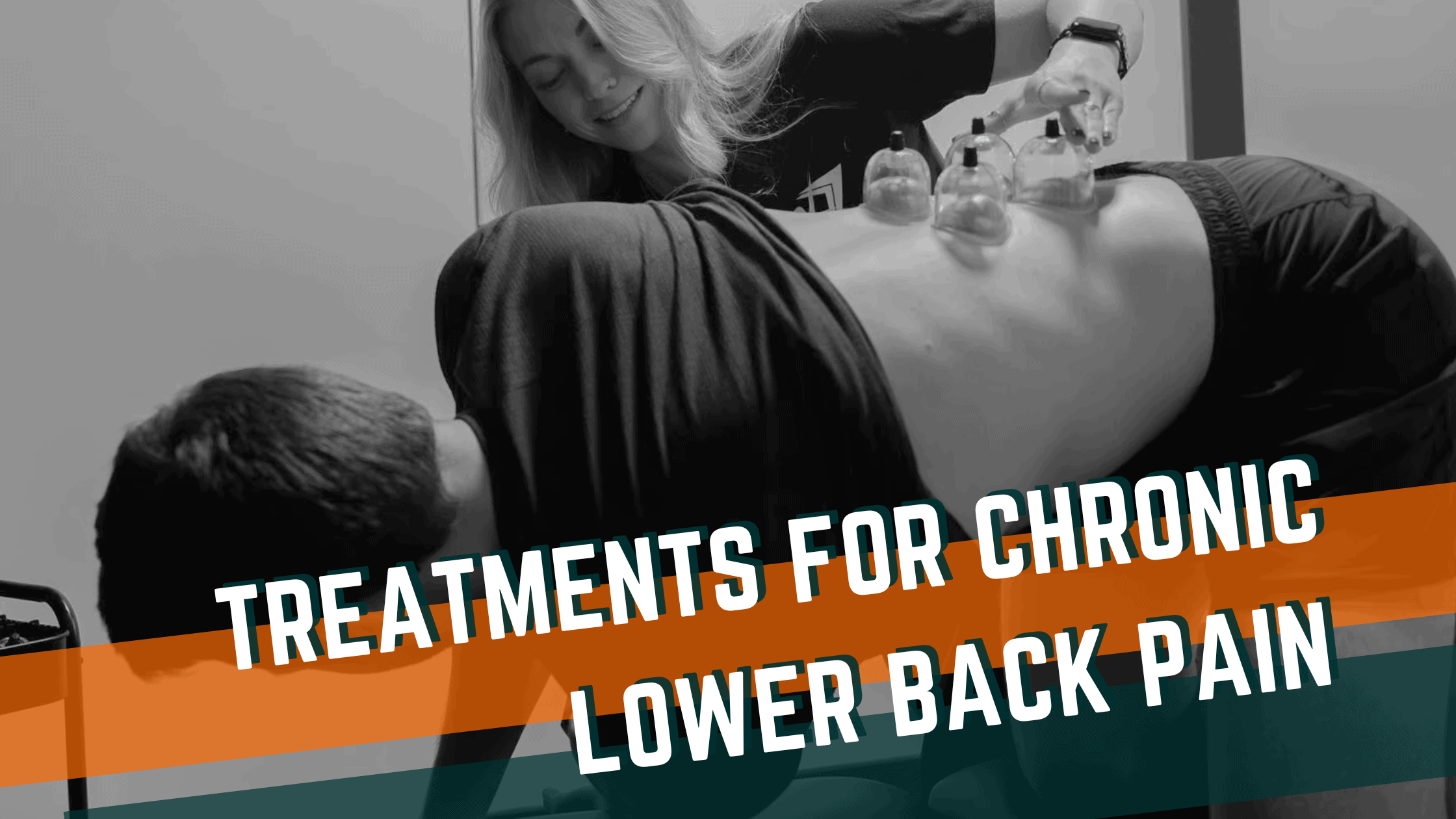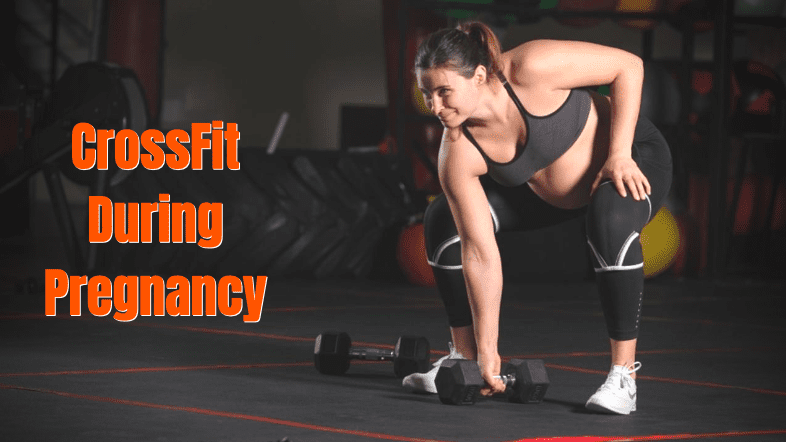
When you’re pregnant, you get (often unsolicited) advice everywhere you go. When it comes to physical activity that advice variation can be insanely varied. On one hand, your in-laws are telling you to not pick up a laundry basket. On the contrary, your friend is PR’ing her snatch at 7 months pregnant. With so much advice out there, we hope to clear up some questions about CrossFit during pregnancy.
We do know one thing: for uncomplicated pregnancies, exercise should be encouraged. This goes for those who are already physically active as well as those who have never worked out.
*Uncomplicated = no unexplained bleeding, no ruptured cervix, no triplets or quadruplets +, no pre-eclampsia, no placenta previa (after 28 weeks), no uncontrolled gestational diabetes or hypertension or thyroid issues, no recurrent pregnancy loss, no history of spontaneous preterm births, no malnutrition, no eating disorder or any other complication.
So what are the things we can and cannot do in CrossFit during pregnancy?
What Should I Lookout For?
First & foremost, there are a few things to watch out for. The following indicates your body is not ready for the exercise or intensity of the exercise you are performing:
- Pain
- Heaviness or dragging in or beneath vagina
- Leaking urine or stool
- Coning / doming (oftentimes words used interchangeably, see image below)
Pregnancy places significant stress on your pelvic floor and abdominal wall as your baby grows. Heaviness, leaking, and doming each occur when abdominal pressures are built higher than your muscles can handle.
Training through the above symptoms is you ignoring your body telling you it is being overstressed. When these signs are ignored it makes your postpartum recovery more difficult and drawn out.
Why? When abdominal or pelvic floor muscles fatigue to the point they can no longer do their jobs efficiently, you’re no longer able to train them. If you’re not training the muscles, then they’re getting deconditioned. If they’re deconditioned, then it’s just like any muscle. It will take longer and be harder to return to their prior state of fitness.
So what could you do instead?
- Modify the number of repetitions you do to match your fatigue points
- Modifying the volume of training you do. For example, instead of doing 5 RFT (rounds for time), you may do the same exercises but only 3 rounds. With this, you can focus on quality of movement through breathing & controlling your muscles.
- Modify the exercise. For example, instead of hanging from a pull-up do some banded pulldowns with a heavy band. This still works your back with less strain of the abdomen
When you adjust your training properly, you will walk the line between maintaining (and improving) fitness during your pregnancy. Of most importance, all without delaying your healing process postpartum.
First Trimester Considerations
During the first trimester we don’t expect to see many contraindications in CrossFit during pregnancy. The exception here typically becomes just listening to your body’s fatigue and nausea levels.
Second Trimester Considerations
With your growing baby (and your baby bump), modifying becomes more important in the second trimester.
You’ve spent a lot of time working on your barbell lift form. As your baby bump expands, it can lead to altered paths. We believe that long term your fitness will be best if we don’t significantly alter your technique. So, for most women we substitute barbell Olympic lifts for kettlebell and dumbbell variations.
During advanced CrossFit Gymnastics movements such as pull-ups, toes-to-bar, L-sits, muscle-ups, rope climbs, and hollow holds, we place a lot of tension on the abdominal muscles. We don’t want to create too much pressure to a point where they are no longer controlled. Examples of this include when you experience doming/coning/leaking/heaviness/dragging.
So what could you do instead? Plank variations (as long as you’re able to maintain control!), ring or banded rows, and lat pulldowns are great exercises. These also respect the abdominal tissues while challenging your extremities.
Managing Pressure
The valsalva maneuver is when you hold your breath during heavy lifting. We do this to increase pressure and control around our midline and spine to be able to lift more. As I’m sure you’ve realized, we know that pregnancy alone increases pressure on the abdomen and pelvic floor constantly. The valsalva then, adds undue pressure in those areas, which again may slow your postpartum recovery.
What can you do instead? Use the “blow as you go” technique:
A) Inhale during the descent of a lift and
B) Exhale as you rise.
This allows for the normal ebb & flow of the abdominal and pelvic floor muscles. In addition, it limits the extra pressure while maximizing your strength benefits.
Anything else?
Speaking of added pressure, activities like running, box jumps, burpee jumps, double unders all significantly increase the downward pressure into your already-taxed pelvic floor. Consider slowly regressing the intensity of these activities to lessen the risks of incontinence postpartum.
Lastly, it is vital for your & your baby’s well-being to avoid activities that may result in a fall or traumatic injury. This includes handstands, rope climbs, muscle-ups, & ultimately any activity in which you question its safety.

Third Trimester Considerations
While most exercise modifications happen in the second trimester, the largest changes in the 3rd and final trimester. These include both in the (A) weights you lift and (B) range of motion you lift through. Using the deadlift as an example, as your baby bump grows, it may become increasingly difficult to perform this movement with a narrow stance. Because of this, many women will adopt a sumo stance. This includes positioning the feet wider to move the legs out of the way of the belly. (See below image.) The squat is another example. You may have difficulty getting to or out of a full-depth squat. A simple substitution is squatting to a box or med ball.
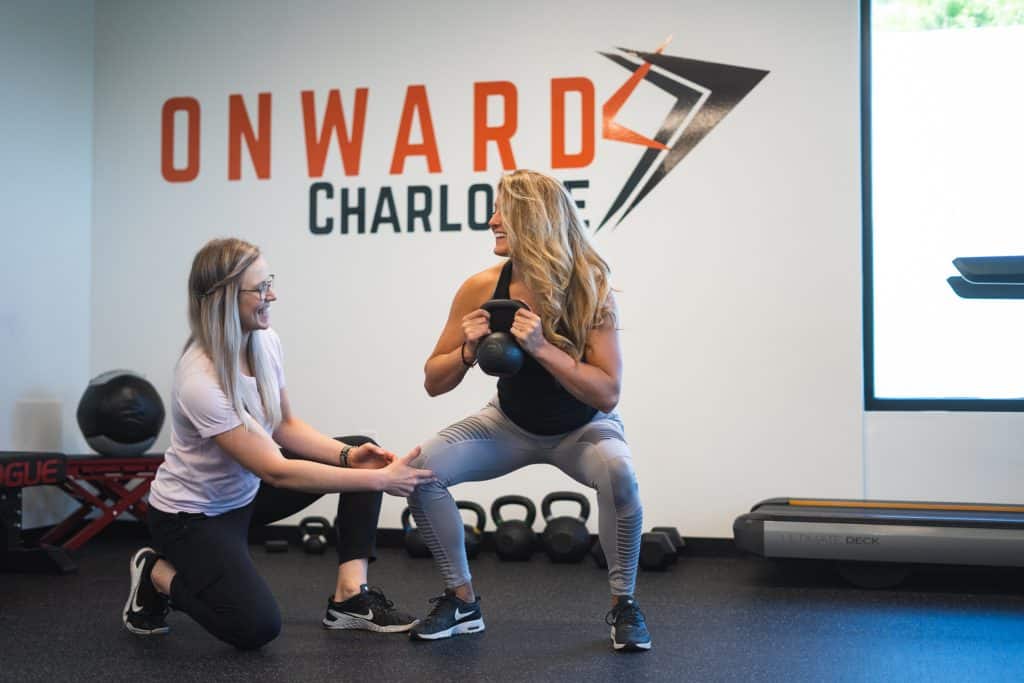
What If I Have More Questions?
Staying active is important for both physical and mental health. If you have questions about how you can best stay active during your pregnancy or postpartum period, schedule a free phone consultation.
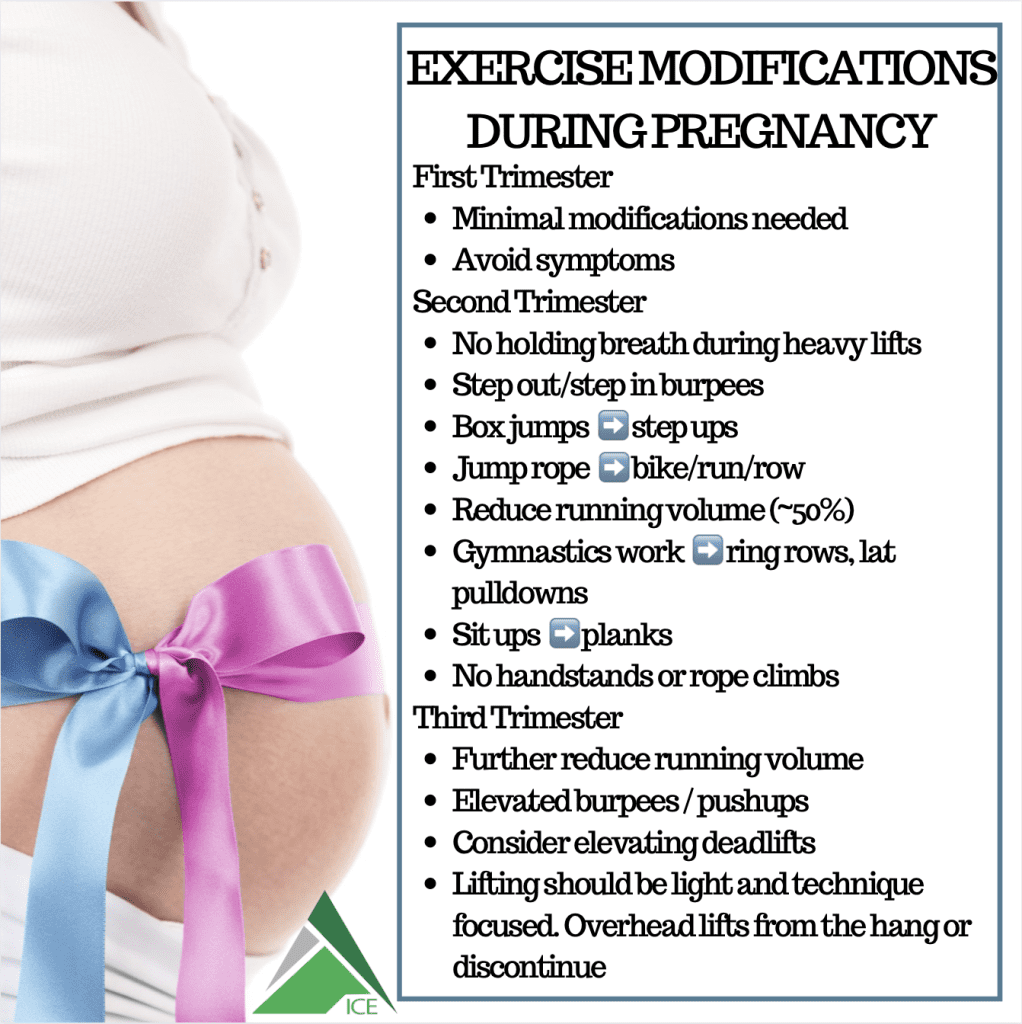
Looking for guidance in your pregnancy and post-partum fitness needs? Our sports physical therapy team in Charlotte, NC specializes in helping women stay active, healthy, and pain-free. We’d love to help you out!
Recent Articles
Recover Like a Pro: The Role of Manual Therapy, Dry Needling, and Mobility Work in Faster Recovery
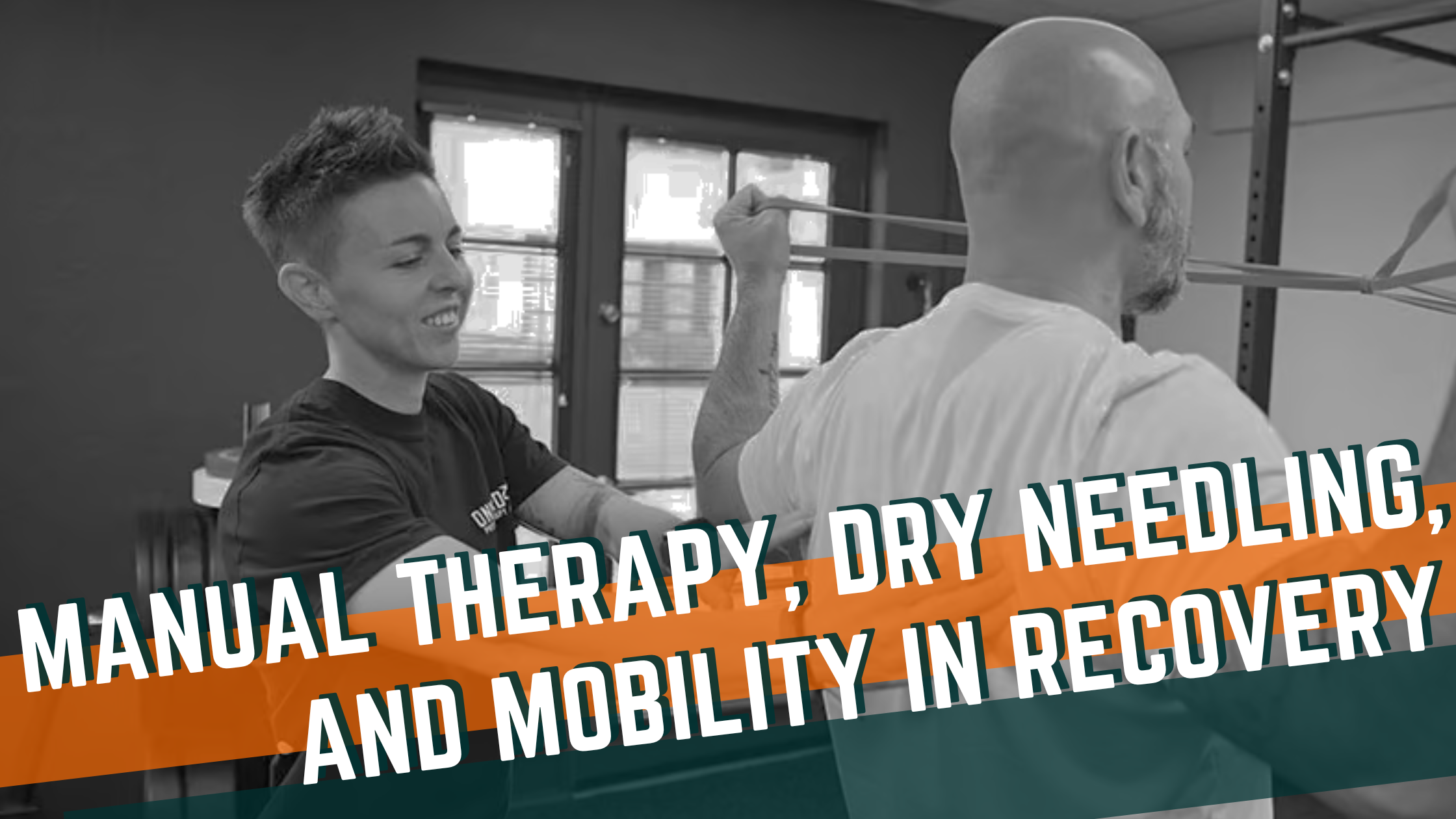
How does physical therapy help injury recovery and performance?
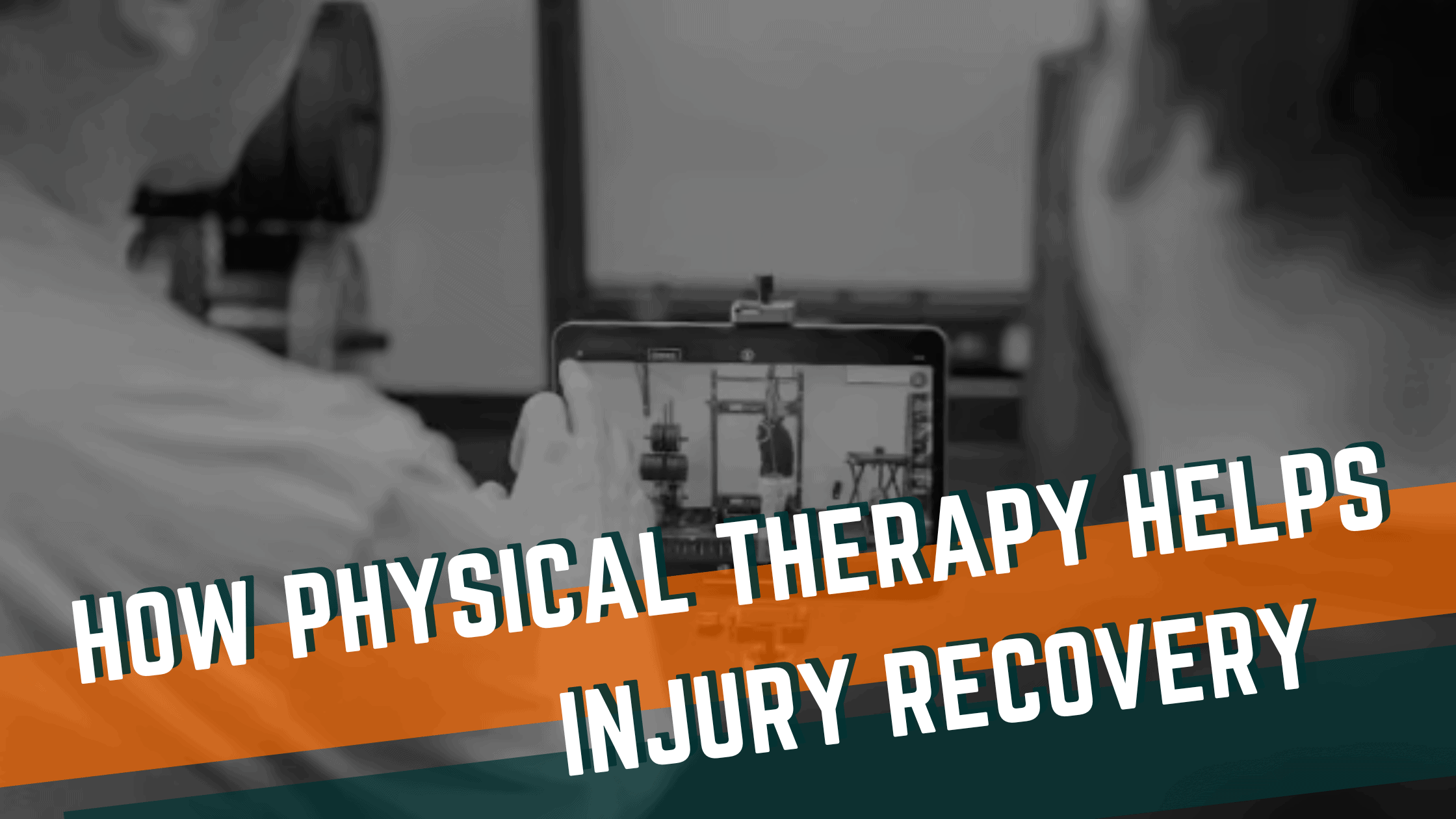
Comparing Manual Therapy to Other Treatment Modalities
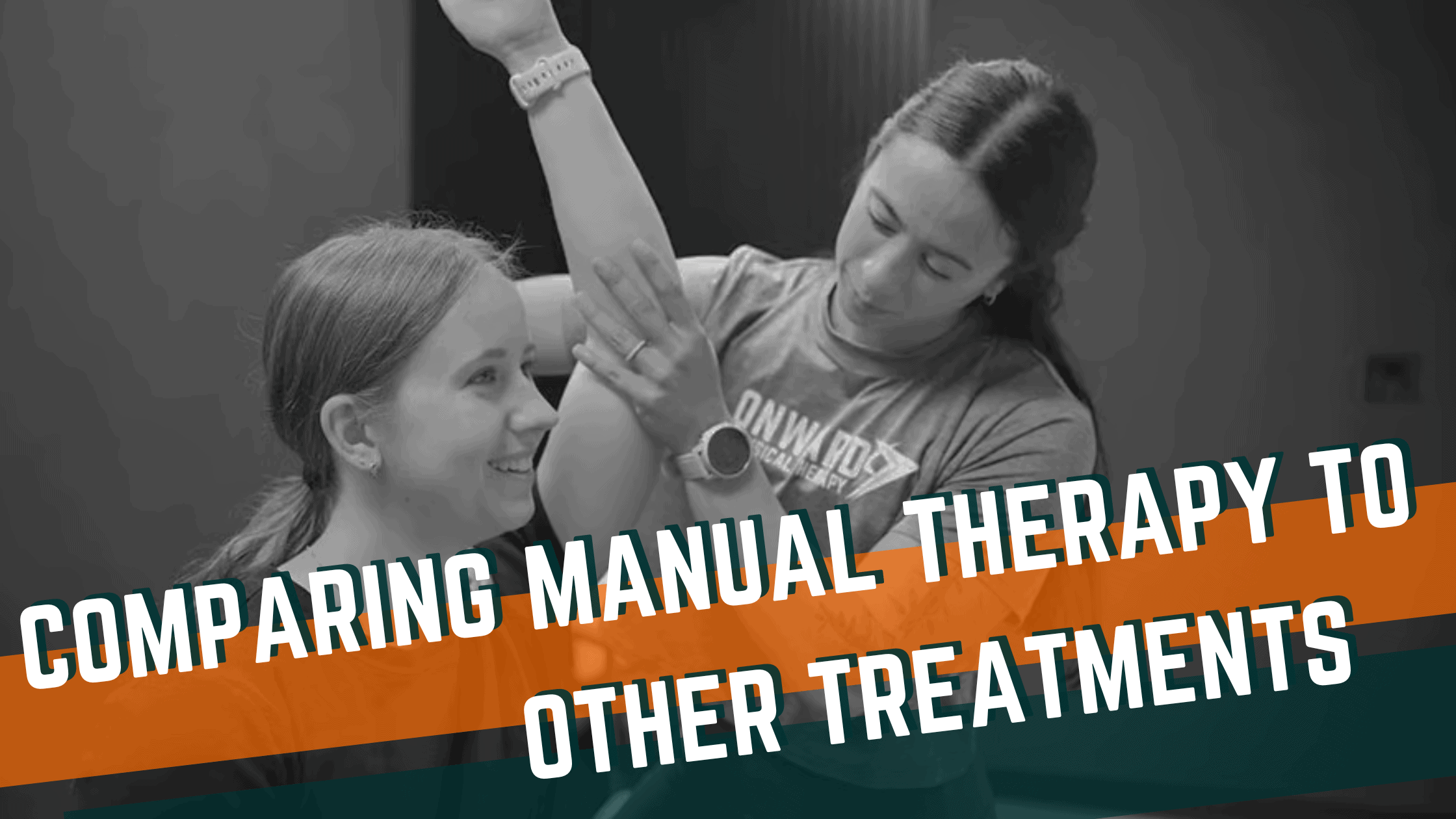
How Physical Activity Influences Mental Well-being
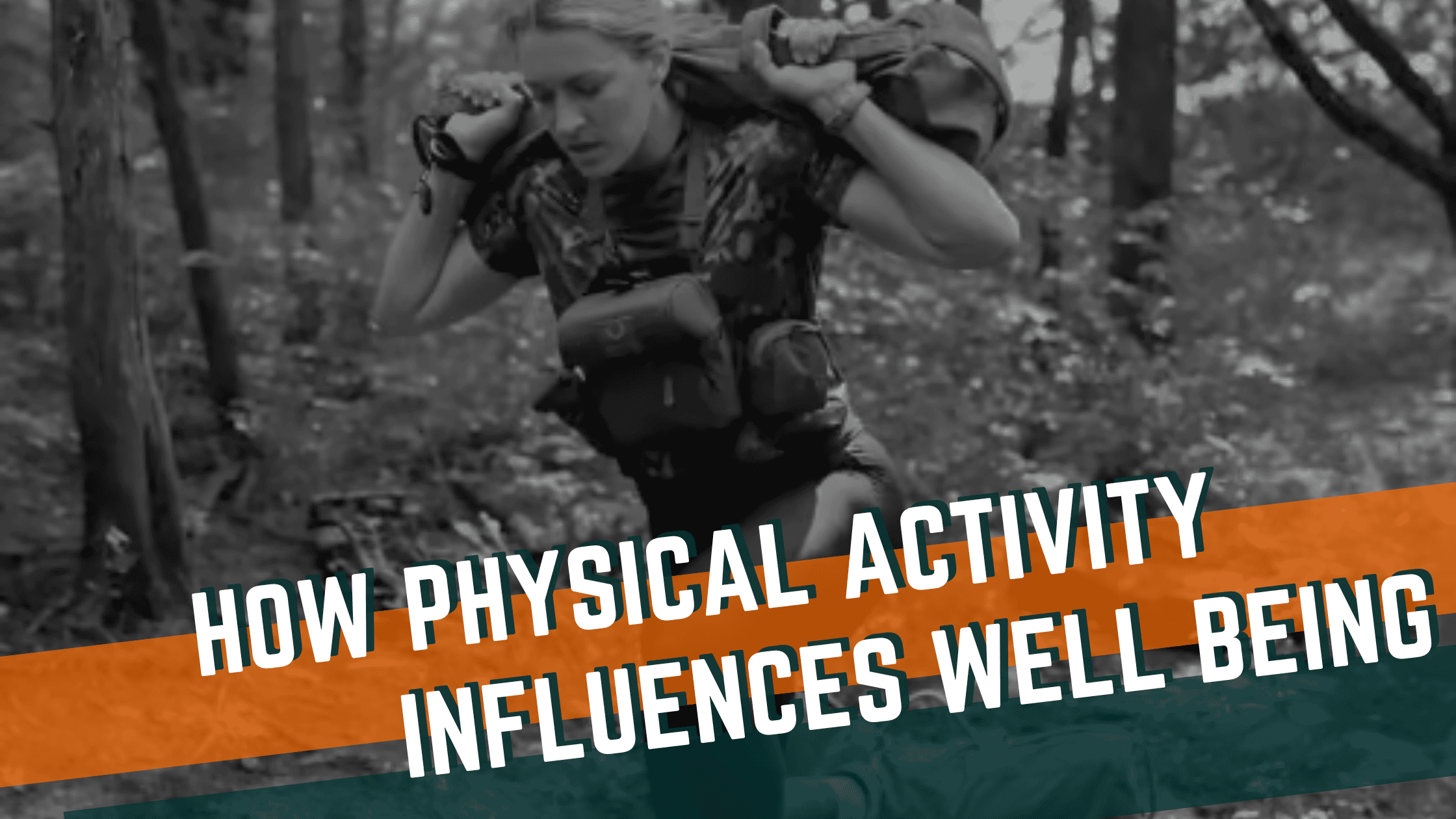
Non-Pharmacological Treatments for Chronic Lower Back Pain
